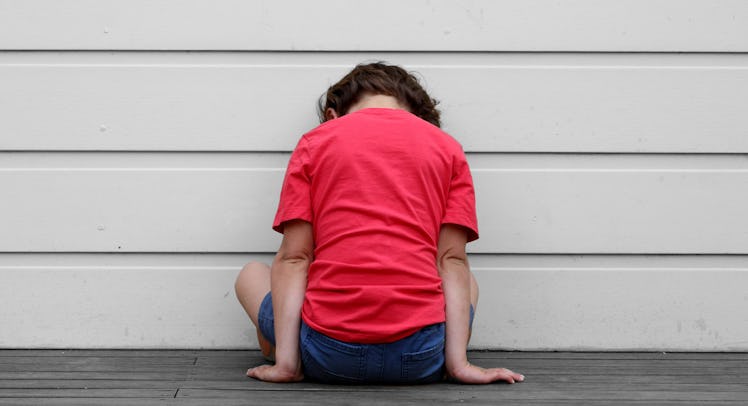Instead of Threatening Kids, Establish Consequences
Natural consequences teach a child about how the world works, in a lesson they can understand. Threats are good when danger looms.

Natural consequences are a way for kids to learn how their decisions affect themselves and the world. A kid might experience the consequence of refusing a coat, for instance, by getting the chills. Those chills reinforce a lesson about preparedness and dressing. But some natural consequences are too delayed to be easily understood. Kids eager to gobble down Sour Patch Kids, for example, might understandably consider cavities to be an abstract threat made by their parents rather than a natural consequence of their dietary and dental decisions. That’s no good for relationships or for dental hygiene, which is why it’s best to try to create systems that simulate natural consequences by creating tighter feedback loops for kids. When cause and effect relationships become hard to understand, parents can help kids by creating more immediate consequences.
“When you’re parenting, it’s okay to develop consequences,” explains Ken Strzelecki, DO, a pediatrician practicing in Milwaukee, WI. “We don’t think about it in that way, but it’s about constructing standards and rules.”
Family rules dictating “consequences” hardly seem different than punishments. But there are differences. Natural consequences must be related, reasonable, and rational.
Related consequences involve the logical result of an action. If a child doesn’t want to clean up and leaves a toy out, putting the toy into timeout for a few days is a related consequence. Taking away bedtime stories for two days isn’t. Bedtime stories don’t have anything to do with cleanup; they’re just leverage to correct an unwanted behavior.
A reasonable consequence is one that is proportional to the offense, and age and ability appropriate. Making a child pick up the toy, and then clean the toy chest, vacuum the hallway, and mop the floor is disproportional to the action of leaving the toy out. It’s related, but it’s fairly stressful for a child and demands a lot of responsibility and skills they may not have.
A rational consequence is delivered with very level emotions. Putting a toy into timeout for a few days because a child won’t put it away is fine. But a parent who mocks, shames, belittles, or insists on compliance with aggression or hostility, is not being rational. That’s a parent who’s reducing the efficacy of the consequence.
“A consequence is going to happen consistently time again. It’s something predictable, related to the action, and consistent,” explain Strzelecki. “A threat is, a lot of times, an emotional or personal response to a behavior or situation.”
Part of the consequence approach — and part of the reason it works — is that it requires and encourages decision making. Whereas punishments are levied against kids, consequences emerge from choices. As such, kids can choose to do something that has negative consequences for a variety of logical reasons. Adults do that sort of thing all the time. Though it’s appropriate to remind a child of those consequences as they face a decision, parents who have firmly established rules with their kids can use those rules to sidesteps threats so conversations are based on the premise of established agreements. This works best when parents and children both experience the ramifications of decisions and can thus have a conversation about what makes sense. This encourages children to be logical and self-reliant.
That said ,the consequences approach is hard because it requires immense foresight and real planning. To take a consequence-based approach, parents have to plan and also to make it clear what behaviors fall outside of the bounds of negotiability. Any behavior that puts a kid at risk shouldn’t be part of the conversation. The natural consequence of playing in the street is getting hit by a car. Better to explain that in no uncertain terms than let a kid learn the hard way. And the natural consequence of pissing off dad and mom is threat followed by punishment. That’s non-negotiable as well.
Everything else can be on the table.
“Parenting with natural consequences takes a lot of time, a lot of conversations with your kids and a lot of faith that they will eventually develop the skills on their own to identify natural consequences and the attendant risk and reward,” says Strzelecki. “But every once in a while, an appropriate threat prevents unacceptable harms and challenges a child to develop in a different way.”
This article was originally published on